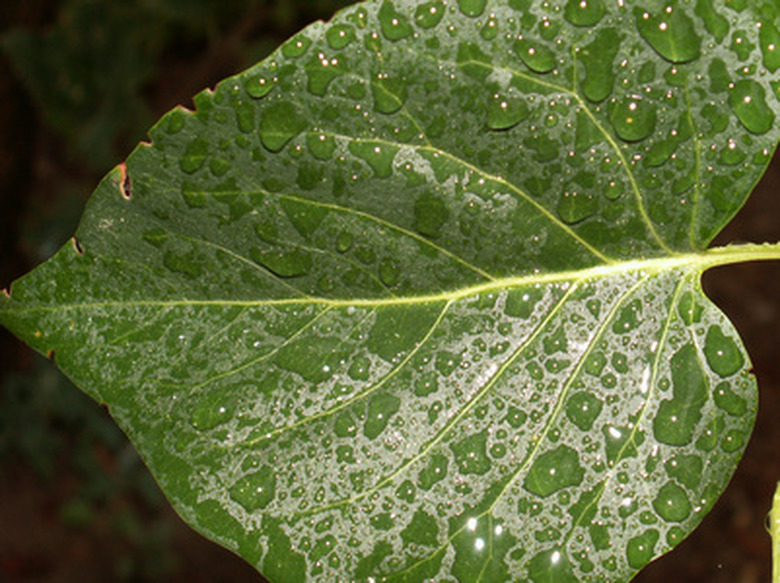Redbud Leaf Identification
Redbuds (Cercis family) are popular ornamental trees with a stunning flowering stage that lasts for several weeks in spring. There are more than two dozen varieties but eastern redbud (Cercis canadensis) is the most widespread by far. No matter what redbud variety you look at, the leaves have several things in common: the length of the petiole or stem, their color, shape and veining. Redbud leaves can be identified quickly as soon as you know what to look for.
Step 1
Look for redbud leaves in the second week of May in most areas. Closed buds are a dark red; new leaves will be tiny, thin, shiny and light reddish-green.
Step 2
Observe the shape. Redbud leaves are the shape of blunt heart, wide and round at the top, pointing sharply at the bottom.
- Redbuds (Cercis family) are popular ornamental trees with a stunning flowering stage that lasts for several weeks in spring.
- No matter what redbud variety you look at, the leaves have several things in common: the length of the petiole or stem, their color, shape and veining.
Step 3
Look at the veining. Redbuds have five to nine clearly delineated, pale green veins that spring from a common point at the base of the leaf.
Step 4
Check the length of the petiole, or stem. On a redbud, the petiole is the same length as the leaf.
Step 5
Wait for fall. When autumn nights turn crisp, leaves on the interior of a redbud tree will turn yellow, while the outer leaves remain green. In some parts of the Midwest, redbud leaves can remain green and on the tree as late as mid-December.
- Redbuds have five to nine clearly delineated, pale green veins that spring from a common point at the base of the leaf.
- On a redbud, the petiole is the same length as the leaf.
Tip
Early spring is the redbud's most splendid time. Clusters of bright pink/lavender flowers coat the branches like icing, even before the leaves pop.
Warning
Never allow mulch to pile up at the trunk of a redbud tree. Moisture held by the mulch will rot the bark and kill the tree within a year or two.
